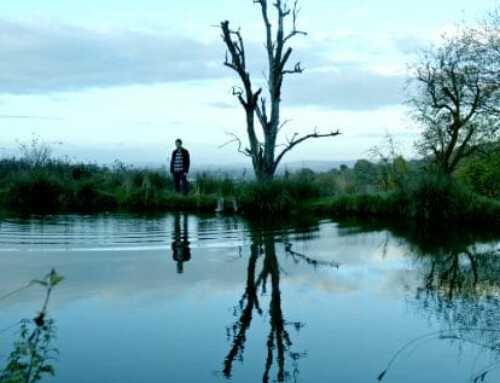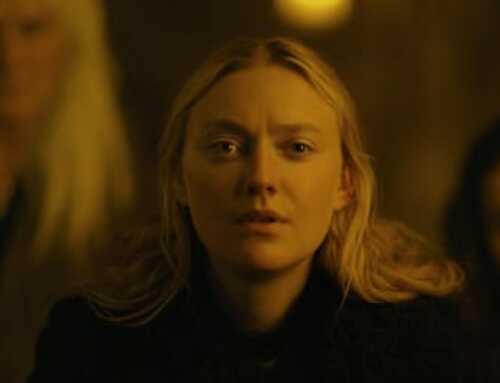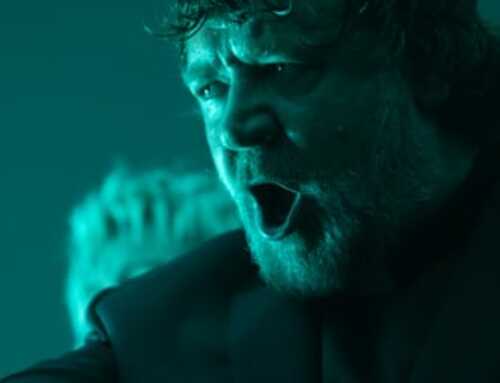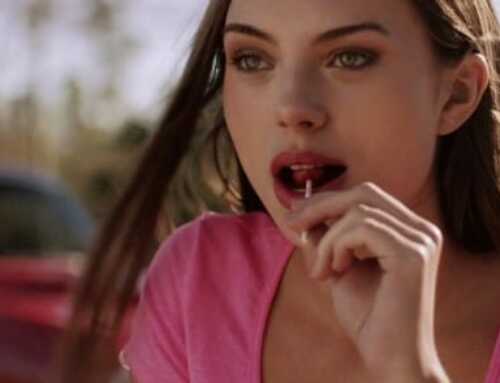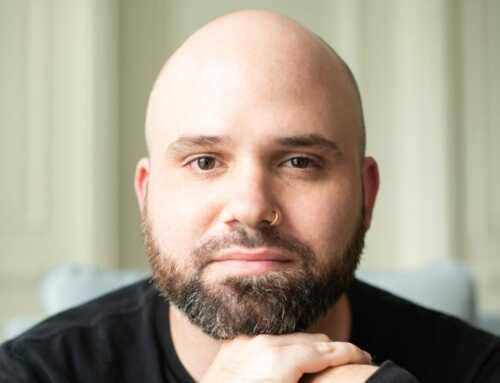The newest Latin American horror film to make its way to Shudder is the amazingly bone-chilling accomplishment in contemporary Argentinean horror When Evil Lurks.
When Evil Lurks follows two brothers in a small rural Argentinian town, who stumble upon a demon-infected man on the verge of giving life to pure evil. After attempting to get rid of the infected man, they unknowingly unleashed the evil’s mayhem. No one and nothing is safe.
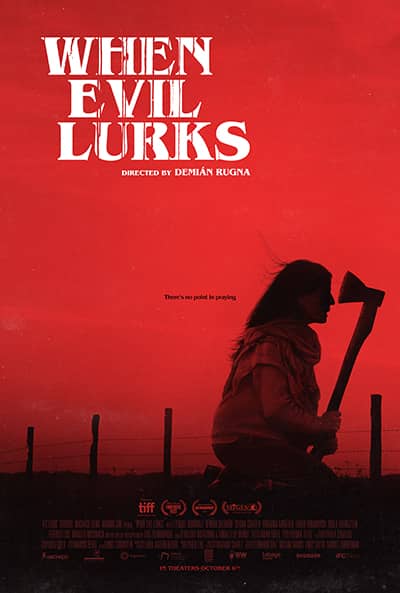
Since its world premiere at this year’s Toronto International Film Festival (TIFF), When Evil Lurks has established itself as one of the standout original horror films of 2023, alongside Huesera: The Bone Woman, Talk to Me, Infinity Pool, and Attachment. When Evil Lurks also became the first Latin American film to win Best Movie in the 56 years of the Spanish Sitges Film Festival.
Director and writer Demián Rugna made waves with international horror audiences with his nightmare-inducing supernatural terror Terrified. Back in September, he also directed a segment for the American horror anthology film Satanic Hispanics.
Rugna shares with us what inspired the story, what influenced it, and the significance of apple ice cream.
Bonilla: Demián have two films out this year. You must be very busy.
Rugna: I can’t believe that I have two movies this year, in theaters in the States. It’s not normal for an Argentinian director who works in Argentina.
When Evil Lurks is the first Latin American film to win Best Feature at the Sitges Film Festival. How does that feel?
Happy for the prize, but more happy to find a lot of people that I don’t know really happy for that prize. It gave me a surprise. And proud because we made history with this movie.
In your films, you have Mariano Suárez as your cinematographer. The cinematography is very beautiful. How did you decide to have him be your cinematographer?
Well, actually he made a lot of fantastic movies here in Argentina. I always loved his work in other movies. I invited him to work with me in Terrified. And we make a good team together. He has a lot of answers for me. And I give him a lot of freedom to make what he feels the movie needs.
I’m not a director that tries to push some aesthetic for the illumination or aesthetic for the photography. I am who shoots. I am who compose. I am who makes the moment on camera.
But the light is in his hands all the time. And I trust his side. I love to work with him. That’s why we made three movies together. We made Terrified, our segment in Satanic Hispanics, and When Evil Lurks.
What inspired the story for the film?
It’s from my country. A lot of land is contaminated by pesticides. It’s making cancer [for the] workers on that land. There are poor people who live in these territories. That situation made the idea, “What about instead of illness give them a demon?” That idea started to grow, and the script came after that.
I moved from the city to the rural town. And the landscape inspired me I said, “I need to make a movie in this place and with these elements.”
At the beginning of the movie, I saw there were a lot of black animals, like black dogs, a black pig, a black cow, and the goat that was part black. Do the black animals symbolize something?
No. It was just because [they were] the only dogs that we found that were cheaper. That’s the truth. We need the dogs and the trainers said, “Well, it’s gonna cost x.” We said, “No. Too much money. Let’s try to find a friend who has dogs.” And we almost save a lot of money making the movie with those dogs. But if the dogs were yellow, we’d use them.
Why was it important for you to have a lead character who was flawed?
From the beginning, when I wrote him, I knew that he is a character who’s running away from the demons. But at the same time, he’s running away from his own demons. His own demons have the same importance as the real demon because he’s pushed his family to the limit, probably in his past. And now he’s pushing to the limit at the moment that he’s trying to run away. For me, his struggle is more important, his internal struggle, than his real fight against the demons.
How important was it to show the brother’s relationship in the movie?
It was really important. I wanted to make a movie with a male character and his brother. The dynamic between them is really important. I don’t want to spoil it, but it’s really important for the ending.
And it works because both actors, Demián Salomón and Enrique Rodríguez love to work with each other. All the time they are supporting and trying to make the job of the other better. And the behavior behind the camera is the same that you saw in the movie. I got lucky with this casting for those roles because they made the relationship on the camera work from the beginning.
When watching this movie, I saw influences from The Thing and The Exorcist. Did these films influence this movie?
Well, both films inspired me as I became a horror director. Even The Exorcist was my top number-one horror film. But directly for this film, I [was] influenced from Evil Dead, from The Road, the movie of Viggo Mortensen, and a Korean movie called The Wailing.
Apple ice cream. Why Apple ice cream?
It’s just incredible because I am a huge fan of apple ice cream. I love it. It really exists in Argentina. And everyone around the world has asked me the same.
First of all, it exists but you don’t have a lot in any place. Probably in ten ice cream shops you only have in two. But I love it.
I said, “Okay, we need an ice cream that is difficult to find.” Because that’s why the kid is having this moment. He needs that. If you don’t have what he needs or what he’s asking, he [will] probably have a situation, have a shock.
When I asked for that flavor everyone said, “No. No. Please don’t ask for apple ice cream. Please contaminate all the rest.” Apple ice cream deserves [to be] made famous.
Would you ever consider making a full-length American horror film like your fellow Argentinian director Andy Muschietti?
Well, actually, something’s coming.
When Evil Lurks is now available for streaming in the United States on Shudder. And will premiere in Rugna’s native Argentina on November 9th.


